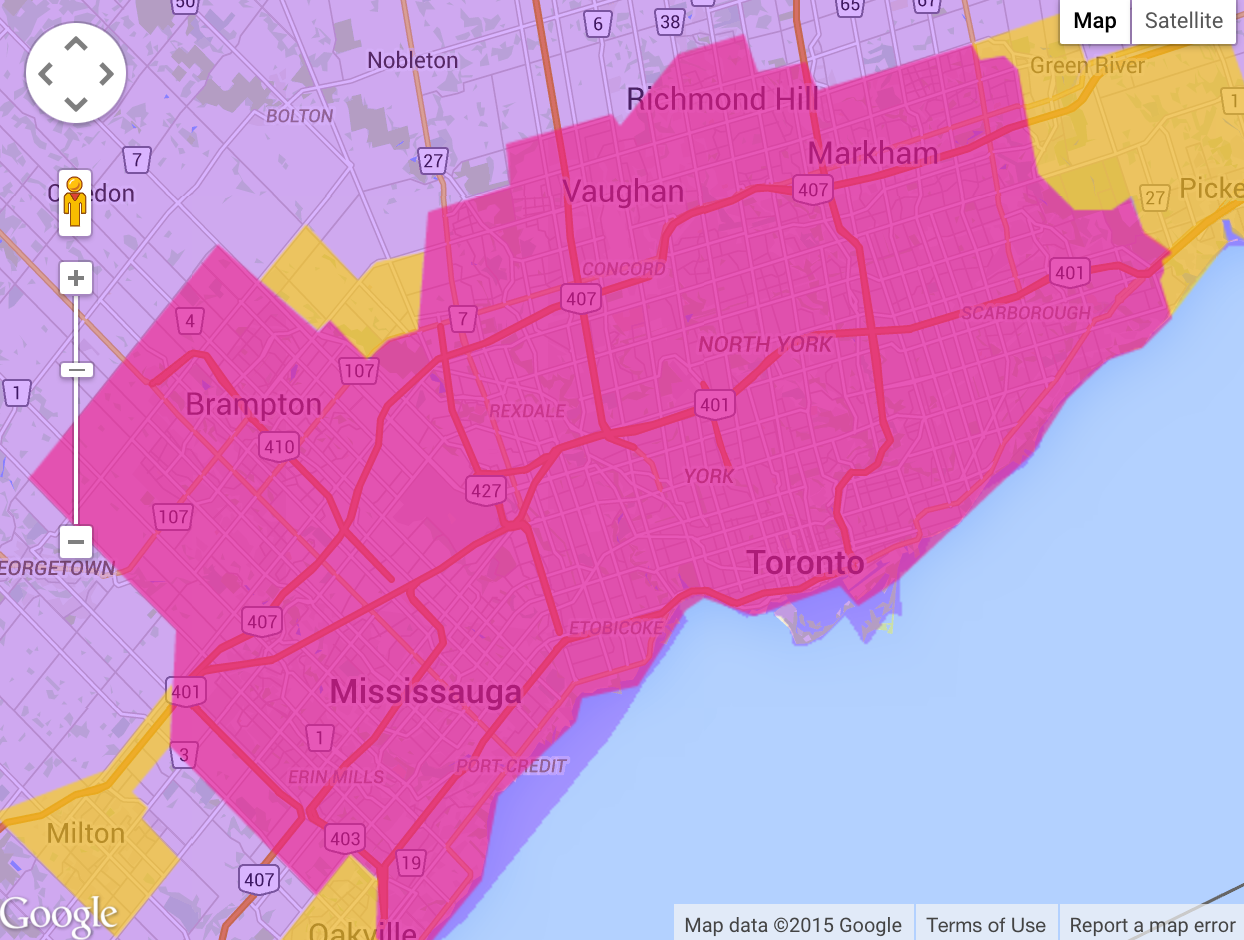
After spending $465 million for its brand, network and users, Mobilicity customers will soon be transitioned over to the Rogers network. But between now and then, there are some important questions that need answering.
Right now, Mobilicity customers know a couple of things: that the lights are staying on, so to speak, and that Rogers will at some point transition them over to its stronger network.
Earlier this week, Mobilicity began offering its annual back to school plan, a $40 per month plan that has pretty much everything you’d want: unlimited North American calling, global messaging, 30 minutes of voice roaming, unlimited data, and all the requisite add-ons like call display and voicemail. Knowing that Rogers would soon be transitioning Mobilicity’s customer base, the obvious question was asked: will Rogers honour this plan? And if so, would there be limits to the amount of data used on Rogers’ network?
In an emailed statement to us, Rogers said, “Currently, Mobilicity customers are running on the existing Mobilicity towers/network. As we roll out the red carpet to welcome them to Rogers, we will switch Mobilicity sites over to the Rogers network, further improving our network and giving customers even greater access to fast, reliable service. All Mobilicity plans are being honoured.”
We’ve followed up with Rogers and have some follow-up. While Rogers will honour any and all plans coming from Mobilicity, they are still subject to Mobilicity’s fair use policies, meaning that the carrier holds the right to cut off its customers for “excess usage.” The aforementioned plan includes unlimited “Basic” data, which amounts to 6GB of bandwidth before Mobilicity throttles users to sub-3G speeds. It’s possible to purchase a Premium Data add-on for $20 additional dollars per month, which boosts that bandwidth allotment to 20GB.

Mobilicity’s current and future Home zone in the Greater Toronto Area
Rogers also confirmed that it will be maintaining Mobilicity’s current Home and Away zones, meaning that despite having access to a national network, customers will still be limited to the new entrant’s five current markets: Toronto, Ottawa, Edmonton, Calgary and Vancouver. It’s unclear whether Rogers will extend or alter the borders around those current zones in any way, but you can assume they’re not going to get much larger. Usage outside those Home zones will require a Wallet credit, which is used for roaming calls, texts and data.
Asked about a plan to transition Mobilicity customers to new devices should they not work on Rogers’ 3G network – the two carriers employ different frequencies and some older smartphones may not be compatible with Rogers’ 3G network – a Rogers representative wouldn’t comment, but said that current Mobilicity customers wouldn’t be left out in the cold. A similar situation cropped up when Public Mobile transitioned from a CDMA-based 3G network to Telus’s HSPA+ network, with Public customers being offered discounts on new devices.
When it was purchased, Mobilicity had just over 150,000 customers, so the transition logistics may take some time to sort out. Rogers wants them to know, though, that they will be taken care of. At the very least, Rogers will make it easy to move over to its stronger LTE network – for a price.
MobileSyrup may earn a commission from purchases made via our links, which helps fund the journalism we provide free on our website. These links do not influence our editorial content. Support us here.


